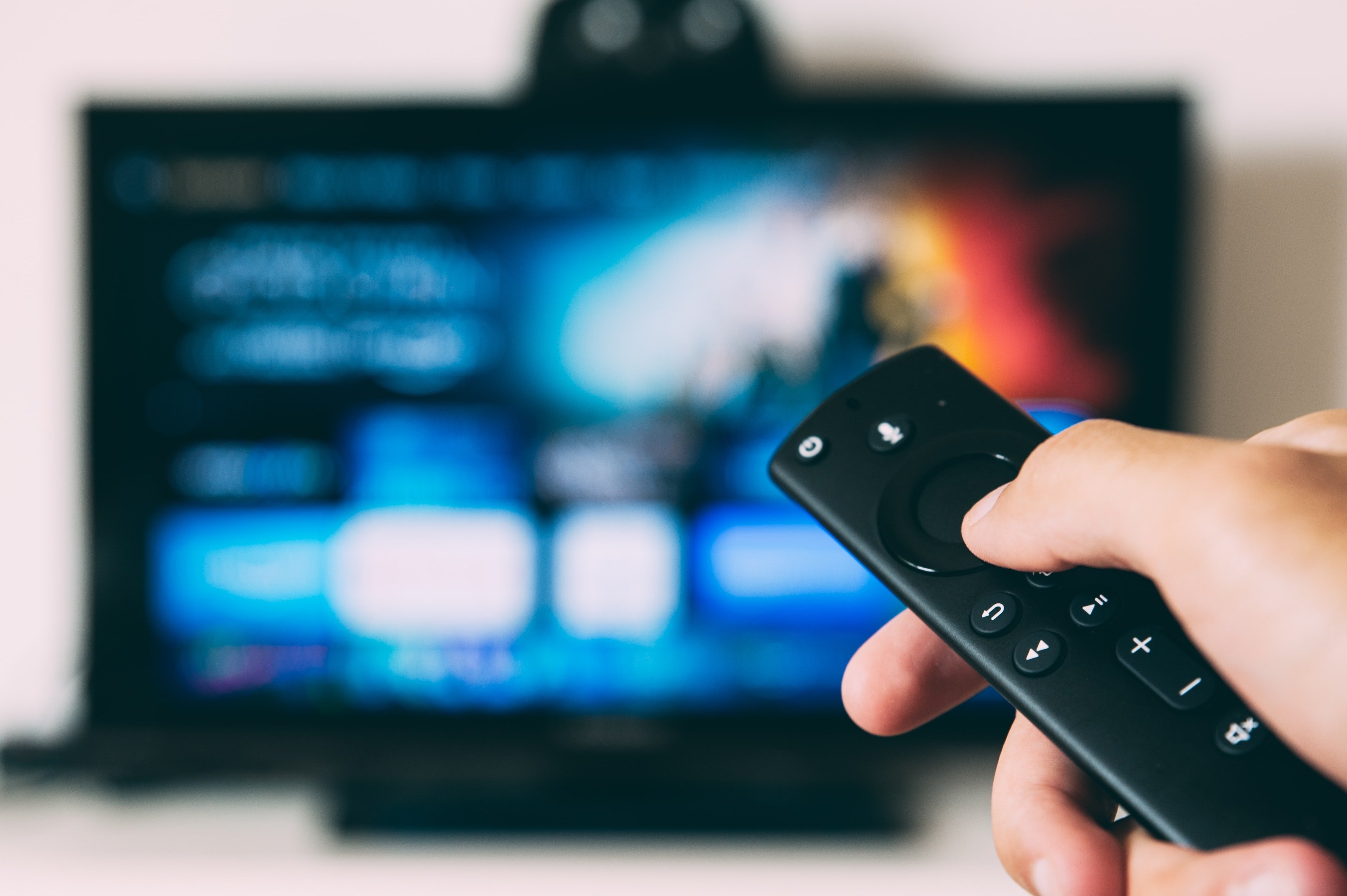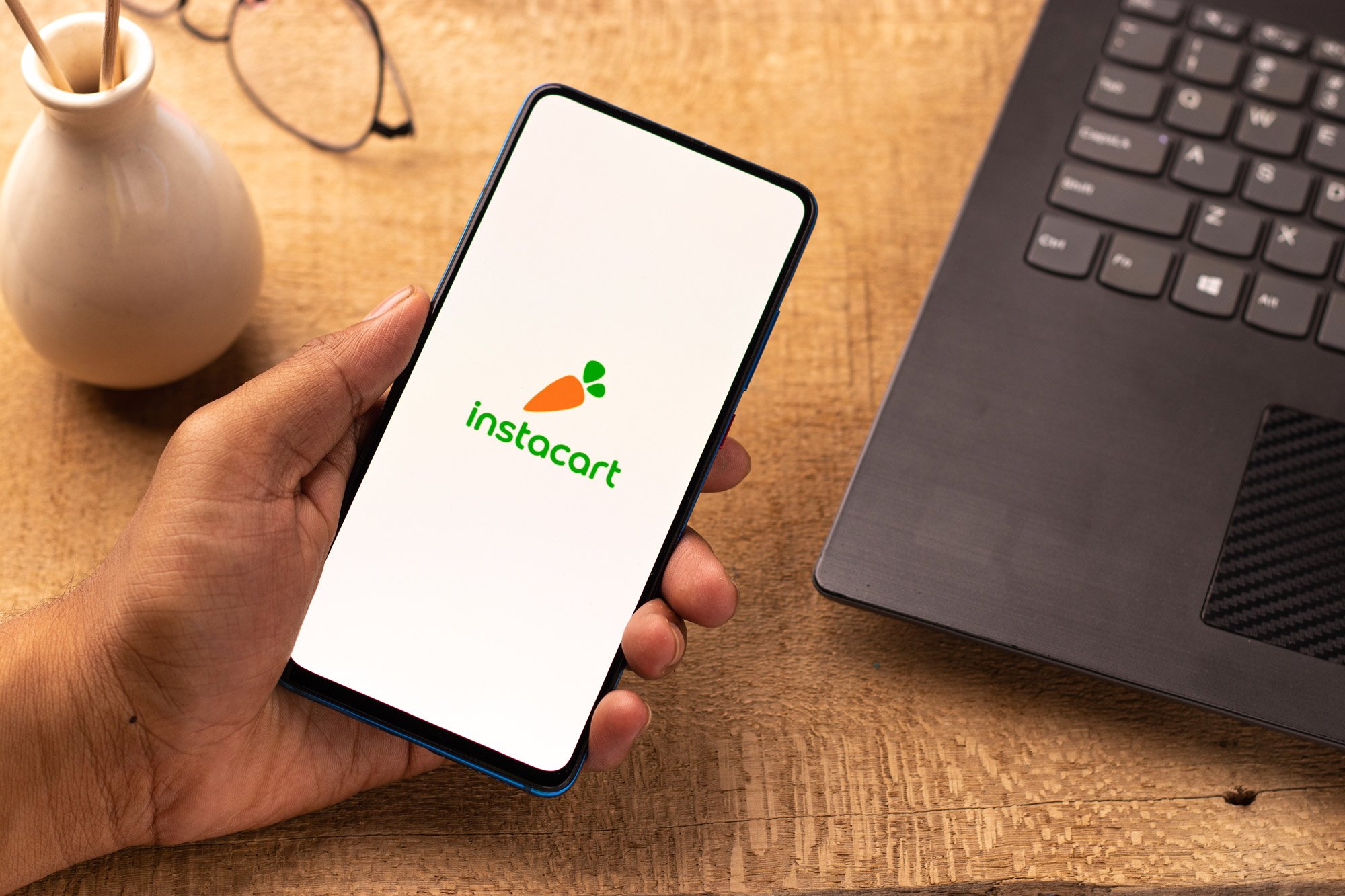RESOURCES
Optimizing Your LinkedIn Ads: Advice From Platform Experts
by Ashton Hall and Maddy Keffler
LinkedIn is a valuable marketing tool in many industries, not just the B2B space. Brands need to know how to optimize LinkedIn ads to target the right audiences and make the most out of their presence on the platform.
With over 750 million users globally, LinkedIn is an ideal paid social platform to reach business professionals. At Code3, we have seen success on LinkedIn for numerous industries including B2B, education, healthcare, and even retail based on the quality users we are able to find through the robust targeting capabilities.
Just like all social platforms, everything you post should be thoughtful, deliberate, and with your target audience and goals in mind. Keep reading to find out our expert tips for optimizing your content on LinkedIn.
Understanding the LinkedIn Landscape
Depending on your industry, goals, and target audience, there are several approaches brands can take as they think about advertising on LinkedIn. As you begin to explore opportunities on LinkedIn, a great place to start is by looking at the competitive landscape to see what your key or aspirational competitors are doing on the platform, both paid and organically, to gain a better understanding of trends within your industry.
LinkedIn is one of the few platforms that offer a paid ads library, where you can look at any brand with a business page to see what (if any) ads they are running. Additionally, members come to the platform to engage with content, so if your business has valuable content such as case studies, whitepapers, or webinars, these are great pieces to promote to help generate leads.
Optimizing LinkedIn Content
These tips will help you better understand how to optimize your LinkedIn Ads and take steps to make sure they get results. Remember that the most important thing is to be able to adapt to the changing landscape and adjust based on your data.
Optimization Tools
As you think about the best way to reach your target audience, LinkedIn has robust targeting capabilities including job title, company name, industry, education, and professional or personal traits, to name a few. For example, if you are a B2B technology company and your target customer base is companies that have seen significant growth, LinkedIn allows advertisers to target users who work for companies with a growth rate of 10%-20%+ year over year. This is just one example of capabilities on the platform, and this level of targeting specificity is unique to LinkedIn.
It’s best to start broader and enable audience expansion at first, then you can begin optimizing once your campaign has had sufficient time in market to ramp up and garner statistical significance (typically 1-2 weeks depending on your campaign’s budget and daily spend).
A key tool to leverage is LinkedIn’s audience insights tool, which is available to all advertisers. The tool gives you access to various performance breakdowns by job title, job function, and location. For example, you can understand which job titles are clicking your CTA at the highest or lowest rate, and make adjustments to your targeting parameters based on that information.
Messaging and Creative
Another key aspect to a brand’s success with LinkedIn advertising is messaging and creative. People use LinkedIn to gain unique insights relevant to their profession or skills, so put yourself in your audience's shoes as you create your ads. Give people a reason to take notice and click the ad by highlighting whitepapers, free trials, unique benefits, or demos, while also including strong, actionable wording such as Try, Download, Sign up, or Request a Quote.
From a creative perspective, the LinkedIn background color is neutral, so imagery or video with bright colors are more likely to stand out in the feed. Incorporate 3-4 ad variations. When comparing video and static creatives, we recommend a combination of asset types and leveraging LinkedIn’s creative feature to rotate your ad variations equally at first, then once each ad has sufficient spend, shift to the top-performing ads. This can be done when you create a new campaign or edit an existing campaign.
When you set up ad rotation, you have two options: Rotate ads evenly or Optimize for performance. When you select Optimize for performance, LinkedIn’s system delivers impressions to your highest-performing ads more often.
In a case study for one of our retail clients, we saw a 17% more efficient CPM when rotating in video assets versus leveraging static only, helping the client achieve more scale and reach more of their target audience. Keeping all of this in mind, each brand is unique and it is important to continuously make optimizations based on your results.
LinkedIn is a great social platform to grow your business through brand awareness, generating leads, and driving engagement. Ready to learn more about LinkedIn advertising and how we can help you generate leads, make contacts, and more? Reach out now to set up a time to talk to one of Code3's experts.
SIGN UP FOR OUR WEEKLY NEWSLETTER

News, Views, and Valuable Resources
Delivered to Your Inbox Each Week



